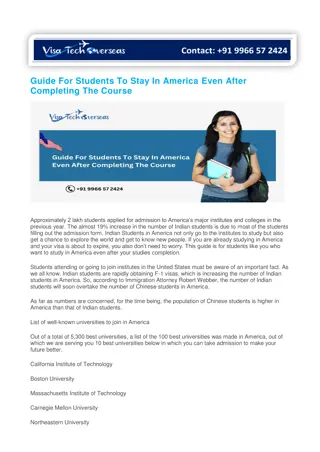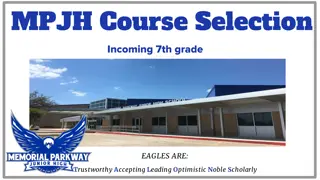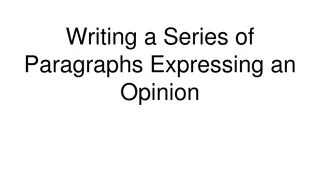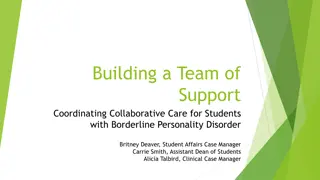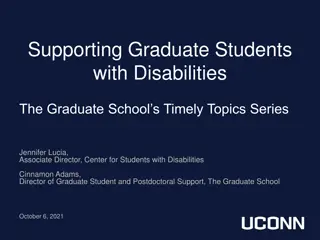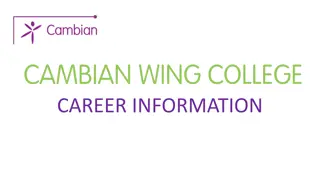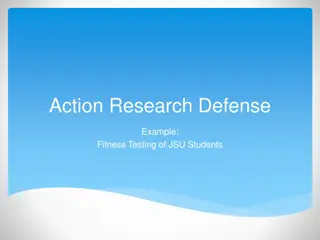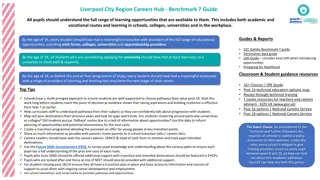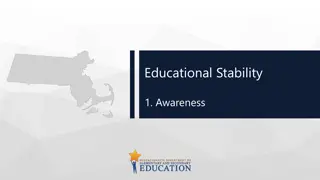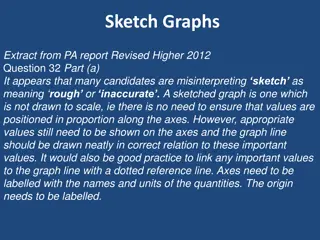What should students learn, and when?
This content discusses the importance of foundational knowledge in theoretical statistical principles and mathematical foundations for statistical majors. It emphasizes the need for understanding statistical theory, distributions of random variables, likelihood theory, and computational simulation approaches. Early inclusion of probability and math stat is highlighted to establish a solid foundation for future courses and experiential opportunities in statistical science.
Uploaded on Feb 21, 2025 | 0 Views
Download Presentation

Please find below an Image/Link to download the presentation.
The content on the website is provided AS IS for your information and personal use only. It may not be sold, licensed, or shared on other websites without obtaining consent from the author.If you encounter any issues during the download, it is possible that the publisher has removed the file from their server.
You are allowed to download the files provided on this website for personal or commercial use, subject to the condition that they are used lawfully. All files are the property of their respective owners.
The content on the website is provided AS IS for your information and personal use only. It may not be sold, licensed, or shared on other websites without obtaining consent from the author.
E N D
Presentation Transcript
What should students learn, and when? Matthew A. Carlton Statistics Department California Polytechnic State University San Luis Obispo, CA, USA
Primary references (yes, first!) 2014 ASA Guidelines: Probability/Math Stat Philosophy Content Computing Timing Two curricular models BYU (very brief) Cal Poly
Curriculum Guidelines for Undergraduate Programs in Statistical Science, ASA, 2014. Horton, N., The increasing role of data science in undergraduate statistics programs: new guidelines, new opportunities, and new challenges, webinar, Feb. 3, 2015.
[Stat majors] need a foundation in theoretical statistical principles for sound analyses. (p. 9) [Stat majors] should have a firm understanding of why and when statistical methods work. (p. 12)
Statistical theory includes: distributions of random variables, likelihood theory, point and interval estimation, hypothesis testing, decision theory, Bayesian methods, and resampling (p. 11) Mathematical foundations include: probability (e.g., univariate and multivariate rvs, discrete and continuous distributions) ; emphasis on connections between concepts and their applications in statistics (p. 12)
Theoretical/mathematical and computational/ simulation approaches are complementary, each helping to clarify understanding gained from the other. (p. 8) [Stat majors] should be able to use simulation- based statistical techniques and to undertake simulation studies. (p. 9)
If included early on in a students program, [probability and math stat] will help provide a solid foundation for future courses and experiential opportunities. (p. 16, emphasis added) Countervailing force: math prerequisites (p. 16)
Probability/math stat is foundational Material needs to connect to applications Include simulation; don t divorce probability from technology Present probability/math stat earlier, so they can be leveraged later (but, again, math prereqs can be an obstacle)
BYU model (very brief) Based on email discussions with BYU faculty Cal Poly model
STAT 240: Discrete Probability Sophomore year, first term Prerequisite: one previous statistics course Text: Goldberg (1960) STAT 340: Inference Junior year, first term Prerequisite: STAT 240, Calculus II Text: DeGroot & Schervish (2011)
STAT 305: Intro to Probability & Simulation Sophomore year, first term Prerequisites: Calculus II a computer programming course Text: Carlton & Devore (2014)
STAT 305: Course objectives 1. Use definitions, rules, and counting methods to solve probability problems 2. Calculate probabilities, expected values, and variances related to discrete and continuous rvs 3. Identify and apply probability distributions to solve probability problems Emphasis on applications, not proof-oriented
STAT 305: Course objectives 4. Apply properties of expected values and variances to linear combinations of random variables Not proof- or derivation-based Focus on applications to statistical estimators, especially standard deviation of linear combinations Sets the stage for junior- and senior-level electives
STAT 305: Course objectives 5. Simulate random phenomena to approximate probabilities, expected values, and distributions of random variables Integrated throughout course, incl. example code Emphasize looping (simulation through repetition) Emphasize measuring uncertainty Easier/ confirmatory exercises in homework Harder/ exploratory assignments (longer)
STAT 425-6-7: Probability Thy/Math Stat Junior year, year-long Prerequisite: Calculus IV, Methods of Proof Text: DeGroot & Schervish (2011) Course is also taken by math Master s students Elective course: advanced models (Markov chains, Poisson processes, etc.)
Non-proof probability can (and should) be introduced at the sophomore level. Students should experience real computer programming in a probabilistic (i.e., not data management/analysis) setting. Math stats can be taught junior year.
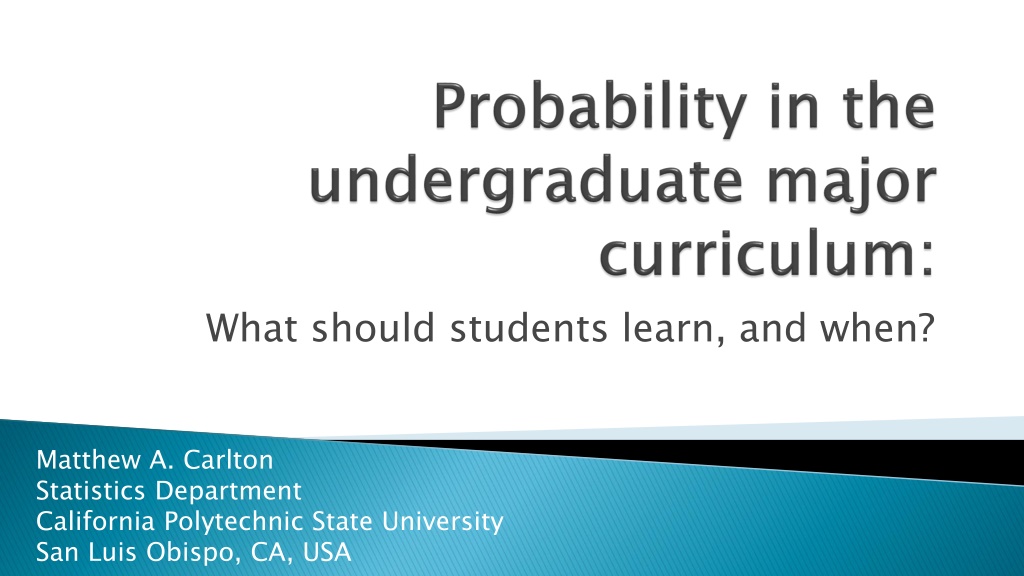
 undefined
undefined








